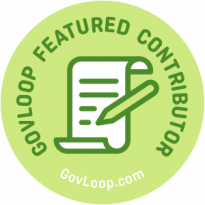In a September 2022 article for the Harvard Business Review authors Anthony C. Klotz and Mark C. Bolino spoke to the quiet quitting phenomena which has emerged in the workforce in recent years. They stated, “Quiet quitters continue to fulfill their primary responsibilities, but they’re less willing to engage in activities … such as staying late, showing up early, or attending non-mandatory meetings.” While this topic has sparked both conversation and controversy, one issue that has not been examined as closely but deeply contextualizes this issue is workplace burnout.

As a library manager and government employee, I work closely with the public on a daily basis. Libraries are stereotypically thought of as calm and quiet but that’s a misconception. We’re not all about the books! Many libraries are active centers of engagement and staff work hard to serve their communities. But this type of engagement on a consistent basis can be challenging.
Service professionals are often in danger of not identifying the inherent stress within their industry. As Fobazi Ertah argues, for example, there is quite a bit “vocational awe” within library work — by those in the profession and also deeply ingrained in our society as well. Consequently, it is all the more important to recognize signs of burnout in both your direct reports and yourself — as painful as that might be to admit. Because the old adage is true: “burnout is real”.
Doing a little bit of research on this topic reveals a wide range of ideas. Shallow motivational quotes and jokes abound — and diminish the very real physical and emotional toll burnout takes on one’s health. Burnout is generally categorized by physical or emotional symptoms and/or behavioral signs. So if you’re noticing chronic tiredness or frequent illness, anxiety or irritability, loss of motivation, reduced performance, or a change in work habits maybe it’s time to start looking at these warning signs more deeply.
Yes, it’s true that everyone feels this way from time to time about their job. The difference is when these signs are prolonged and continue to build in intensity. Moreover, over time they can not only be joined by other more serious health symptoms that demonstrate acute stress and increase your chances of untenable work-life balance.
I was surprised to find that burnout can be disguised by high performance. Even individuals who are successful or are meeting their professional obligations can have burnout lying underneath this facade. It does then raise the question: How many people today are experiencing, or have experienced, this issue? Given the potential stressors of modern life, the numbers could be staggering. Management positions pose additional challenges because we are responsible for balancing operations and employee needs. It’s easy to feel overwhelmed in this situation, but practical steps can help ensure stability for you or your staff.
Knowing the danger signs is a crucial step but follow it up with consistent monitoring of the workplace: Are you noticing someone who seems unable to cope? Practice active listening and authentic communication so that people feel more open about discussing their challenges. If you notice behavioral changes (sleeplessness for instance) what can you change to reduce stress? Identifying immediate changes you can make may prevent chronic burnout.
And if these changes do not produce improvements, try talking to someone — a trusted colleague, mentor or therapist. If you are in a position of leadership encourage your staff to speak with you. In other words, find solutions together. Look for ways to set boundaries, and forgive yourself when you cannot meet goals. As Crystal Raypole noted on Healthline, “When you reach a point of burnout, you’ve probably pushed yourself past the point of what most people would realistically consider themselves capable of for some time.”
Ultimately, burnout is an indication of a larger problem at work. What that issue is only something that we can diagnose for ourselves. But paying attention to the needs of yourself or others — your staff, your colleagues, etc. — is crucial for not only a productive work environment but also a healthy one.
Erin Farquhar is a Branch Manager for DC Public Libraries in Washington, D.C. Erin holds a bachelor’s and a master’s degree in English Literature and Folklore, as well as a MLIS. She has worked in quite a few of DC’s wards, and enjoys working with the varied communities and rich cultural heritage she serves.
Erin has stated, “Now, as a manager within this infrastructure I look to further develop the practices of strategic thinking and plan implementation. As libraries continue to develop their social role in order to build strong vibrant communities, I would like to mirror this direction in order to help shape the ideas and perspectives that are central to an innovative society. Any metamorphosis can be a slow process but a caring workforce reflects the commitment of all its employees.





Leave a Reply
You must be logged in to post a comment.